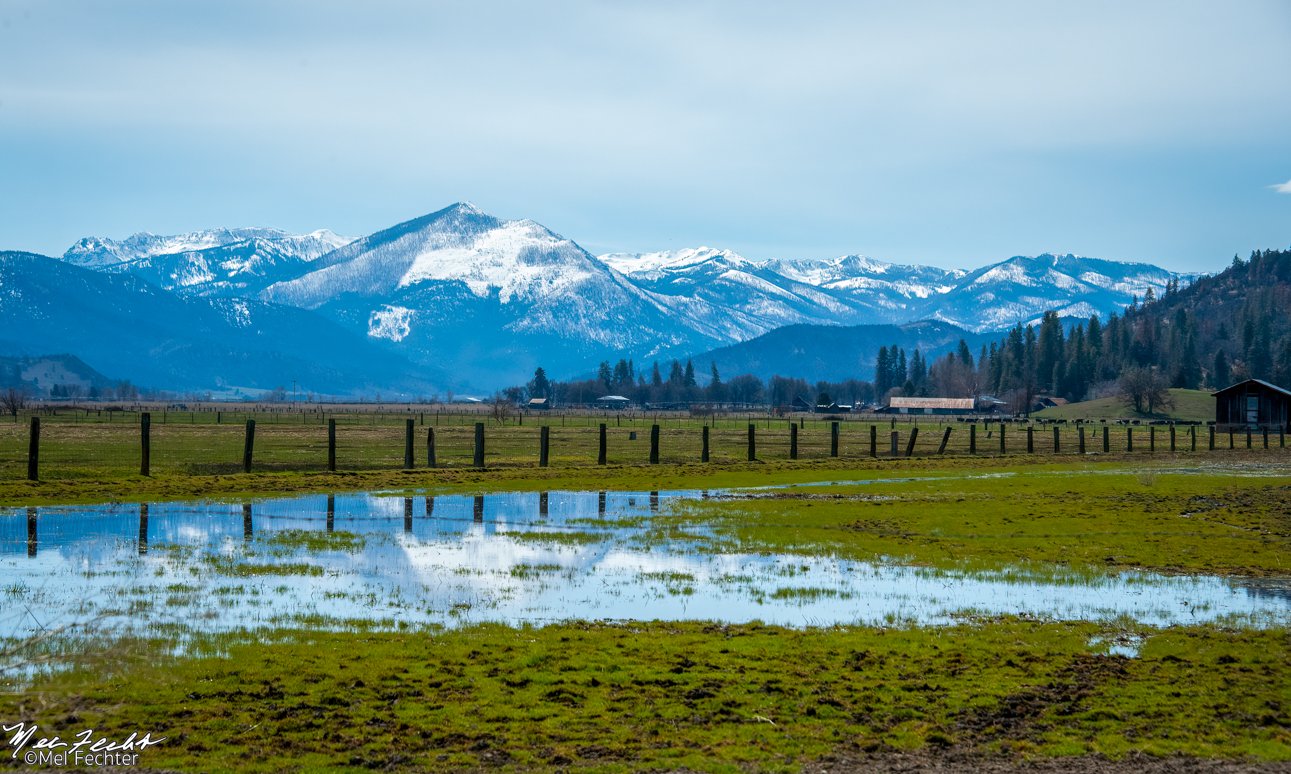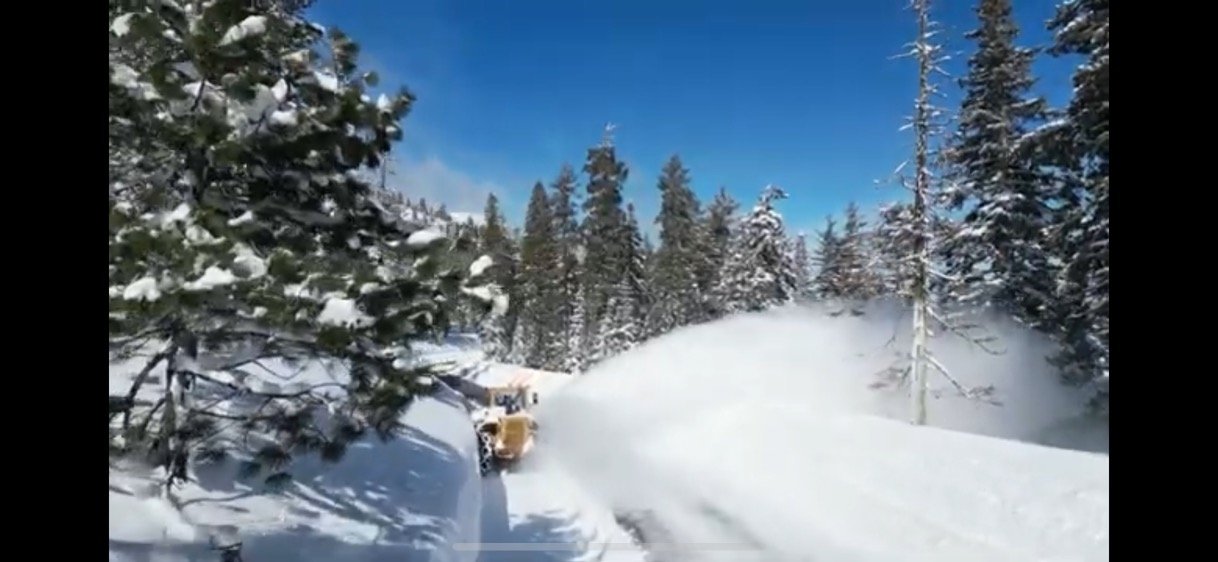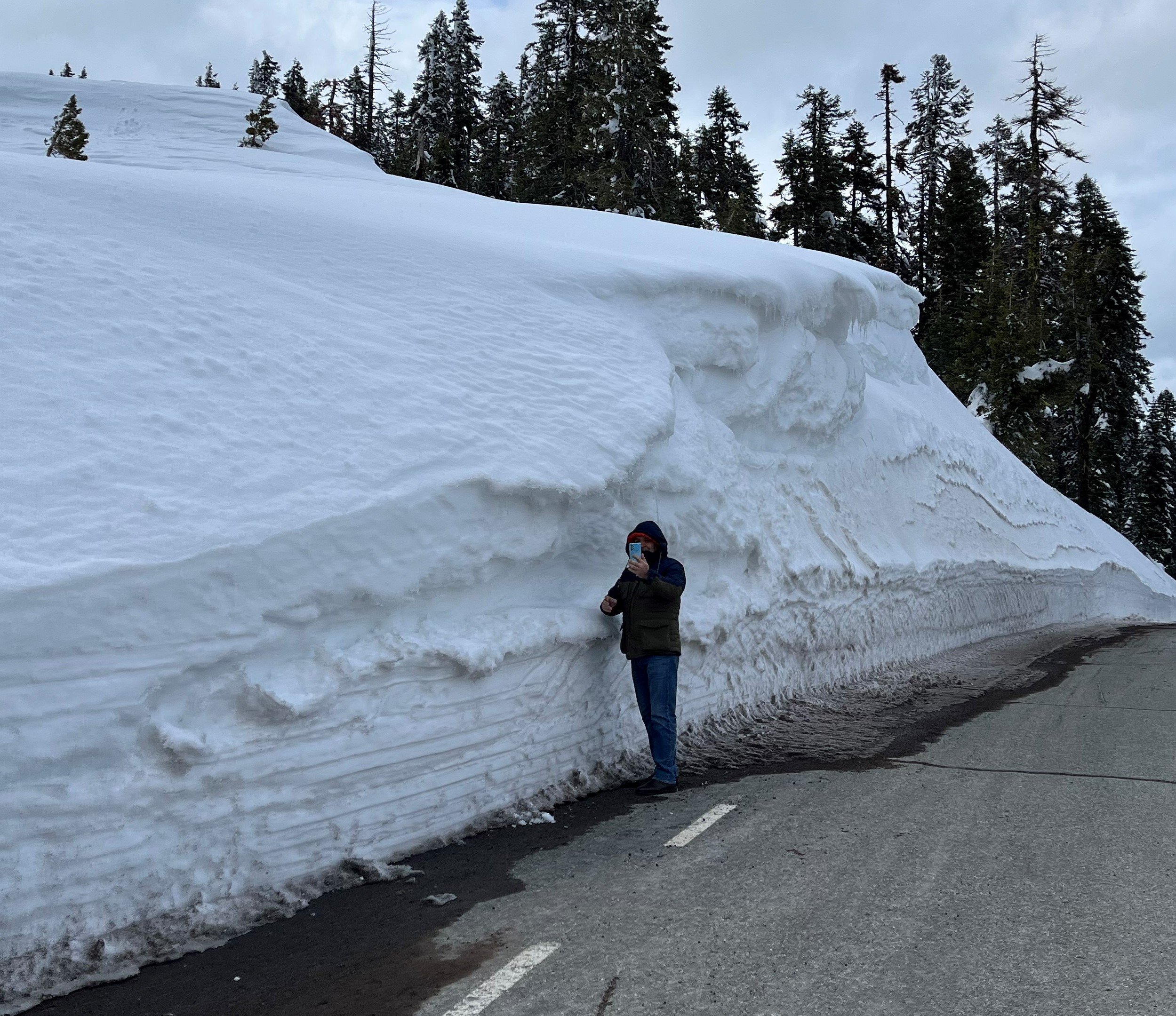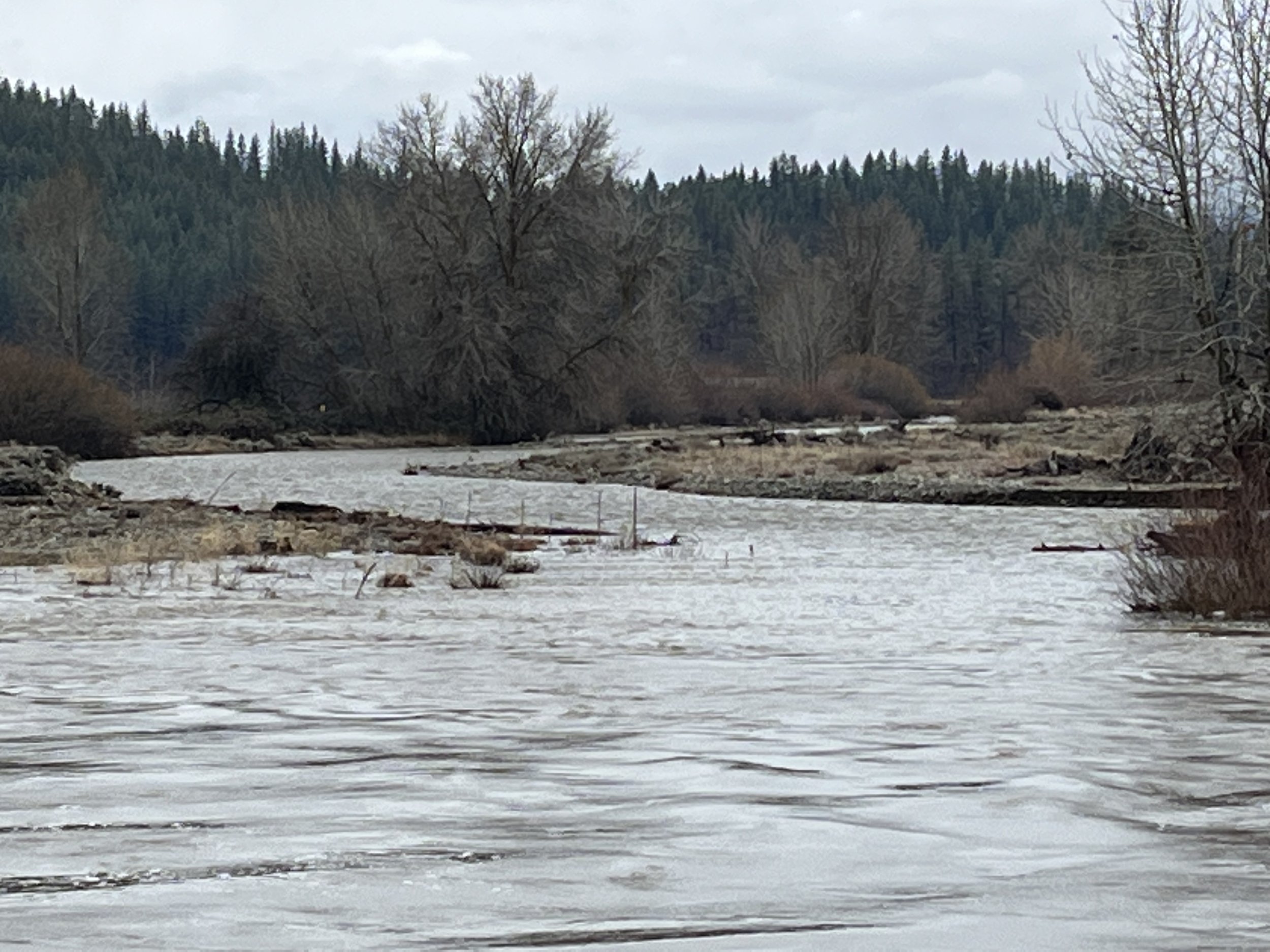


Klamath Dams Down - Will Ranches Survive?
Take a look at Theodora Johnson’s latest article about Klamath dam removal, the environmental disaster it has caused thus far, and the likely devastating effects on Klamath River’s fish populations. If history is any measure, Scott and Shasta valley farmers and ranchers will be called upon to once again sacrifice water to help recover Klamath's fish. We demand monitoring and transparent reporting by the agencies responsible, so that agriculture doesn't again become the scapegoat.

Scott River’s 2023 Coho Salmon Returns Above Average —Population Resilience Calls into Question State’s Emergency Water Regulation
Unprecedented emergency regulations on a small ranching community in the Klamath River watershed are being called into question as state data shows that coho salmon populations continue to improve in the Scott River. The Scott, a major tributary of the Klamath River, continues to produce an increasing number of coho salmon, a threatened species listed under the state and federal endangered species acts. According to a preliminary report by the California Department of Fish and Wildlife issued on December 28, 2023, at least 913 adult coho salmon have returned to the Scott River this fall of 2023.

Scott and Shasta Valley producers and residents: let your voices be heard by the State Water Board in Montague on Oct 30
Please come let your voices be heard at a listening session of the State Water Board on October 30th at the Montague Community Center. Identical sessions will be held at 2 pm and 5:30 pm. A new emergency regulation to once again curtail irrigation is in the works for both Scott and Shasta for 2024, and a permanent regulation is being considered for the Scott.

Scott Valley residents, please sign this letter !
Scott Valley Residents, please consider signing this letter by August 11th. It’s addressed to the State Water Board, which is considering a petition for new, permanent regulations in Scott Valley that could turn off all irrigation if the river’s flows don’t meet certain monthly levels. The flow levels being considered are unachievable in the Scott River in most years, and are worse than the emergency levels we experienced over the past two years. To sign, go to one of the businesses listed below by August 11.

Scott Valley farmers and ranchers, please act now!
Scott Valley producers, we need your help: please fill out these surveys regarding your interest in water-savings technologies, and what you’ve done over the past 20 years to improve your irrigation efficiency. Here’s why: On May 23rd, 2023, a petition was filed with the State Water Resources Control Board to require permanent instream flow minimums in the Scott River. Scott Valley farmers and ranchers need to show we are part of the solution, and that burdening us with regulations that put us out of business will do more harm than good for the aquifer.

Scott Valley ranchers, tribal members, teachers ask Governor to rescind drought restrictions
Residents of Scott Valley, a small rural community in far-northern California, have sent a letter to Governor Gavin Newsom requesting that he rescind his 2021 drought proclamation for their area of the Klamath River basin. Now that drought has subsided in the area, locals are asking that the corresponding emergency drought regulations be lifted to prevent further damage to the area’s agriculture-based economy. The letter was signed by about 400 people, including members of the Shasta, Karuk, Yurok, and Pitt tribes, teachers, business owners, residents, and small family farmers and ranchers.

Scott River Watershed Report – Week of May 15, 2023
Scott River watershed is well above average in almost every measurement; see the latest Watershed Report for details. The U.S. Drought Monitor has moved the Scott from “Moderate Drought” to “Abnormally Dry.” It’s time for Governor Newsom’s Drought Emergency to be lifted in the Scott River watershed.

Drought officially over in Scott River watershed, yet emergency regulation remains--Local farmers and ranchers still required to give up 30% of groundwater
Drought officially over in Scott River watershed, yet emergency regulation remains —Local farmers and ranchers still required to give up 30% of groundwater . The Scott River watershed is officially no longer in drought, according to the U.S. Drought Monitor. Local farmers and ranchers are asking Governor Gavin Newsom to rescind the Emergency Drought proclamation for the area, which is driving severe irrigation water restrictions for local agriculture.

Scott River Watershed report for week of 5/7/23
Scott River Watershed conditions continue to impress as spring progresses. The May 1 snowpack surveys show 168% for snow water equivalent. The Scott River runoff forecast for April through July 2023 is 116% of average. Yet Scott Valley farmers and ranchers are still required to give up 30% of their groundwater this season.

Legislators urge Governor Newsom to lift drought restrictions for Siskiyou
Two California legislators are urging Governor Newsom to lift the drought restrictions on farmers and ranchers in Siskiyou County. Senator Brian Dahle and Assemblywoman Megan Dahle sent a letter to the Governor on April 19th, stating, “There is no longer a drought in the Klamath Basin. There certainly isn’t an emergency that justifies continuing the Water Board’s strict measures and the costs they’ve imposed on agriculture in the region.”

ABC-10 Weather: Scott Valley “drought” status in question
Scott Valley featured in yesterday’s abc10 weather report out of Sacramento! Meteorologist Brenden Mincheff interviews Theodora Johnson, Scott Valley native and AgWA spokesperson, and includes drone footage and photos of snowpack in Scott River watershed. “They are still in drought, despite the fact that they’ve had quite the season in terms of rain and snow…they are above average, and that’s why they want to know—why are they still in drought?” says Mincheff.
“Even though we have a healthy aquifer, we recognize that you do need to take care of your aquifer, and we’re very proactive about that,” says Johnson. Click here to watch!

Scott River Watershed snow surveys complete
The Scott River watershed’s snowpack surveys are complete, and they look great: 163% for “snow water equivalent” and 178% for snow height. The US Forest Service press release today stated: “There were many snowfall events; and when snow did fall, it stayed in place and helped build up the local snowpack. The end result is an amount of snow that hasn’t been seen in years…April 1st is an important date for surveying snow because early April is historically when the snowpack is at its maximum; and this date has the greatest weight when the State forecasts annual water availability.”

Scott River Watershed’s drought is over, AgWA tells Water Board Members
The Scott River watershed’s drought is over, and the State’s emergency drought regulation should be rescinded immediately, a grassroots group told the State Water Resources Control Board (SWB) yesterday. Representatives of Scott Valley Agriculture Water Alliance (AgWA) laid out their case to board members of the SWB: the Emergency Regulation currently governing Scott Valley’s small ranching community has been unfair from the beginning and can no longer be justified after this winter’s heavy snows. It must come to an end.

Scott River Watershed Conditions are looking up
Scott River Watershed conditions are looking good! The April 1 Scott Mountain survey shows 171%, and Swampy John shows 132%. In more good news, NOAA predicts “drought removal is likely over the next month” in our area. Meanwhile, Scott Valley farmers are still being asked to give up 30% of their groundwater use this upcoming irrigation season--with no compensation.

Scott River Watershed Conditions - Week of 3/24/23
This week’s Scott River watershed report, brought to you by Scott Valley AgWA. Flows in the Scott River are right around the median. At the time we posted this (March 21 at 9 PM), the USGS gage on the Scott River read 738 cfs. Remember, as long as the river stays at 500 cfs or above, those with stockwater rights are allowed to divert stockwater into their ditches…

Scott River Watershed Conditions - Week of 3/17/23
Last week’s Scott River watershed report, brought to you by Scott Valley AgWA! At the time we posted this (March 21 at 9 PM), the USGS gage on the Scott River read 927 cfs. Remember, as long as the river stays at 500 cfs or above, those with stockwater rights are allowed to divert stockwater into their ditches—but make note of the State Water Board’s special requirements, as outlined in this blog post from earlier this year. Click here for past watershed reports.

Fill the ditches, fill the sponge in Scott Valley
If you have stockwater rights in Scott Valley, now's the time to open your ditches--if they're not full already from runoff. State Water Board permits it now, since the river has exceeded 500 cfs (it's at 1,100 cfs and climbing!). But in order to be compliant with the Emergency Drought Regulation that’s still in place, stockwater diverters must…

Scott River Watershed Conditions - Week of 3/10/23
Last week’s Scott River watershed report! At the time we posted this (March 13 at 9 PM), the USGS gage on the Scott River read 576 cfs, sharply up from the past month’s readings, which hovered around 270 cfs. Those with stockwater rights are now allowed to divert into their ditches—but make note of the State Water Board’s special requirements, as outlined in this blog post from earlier this year.